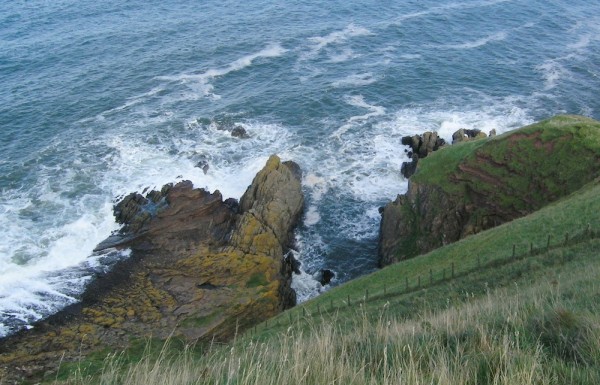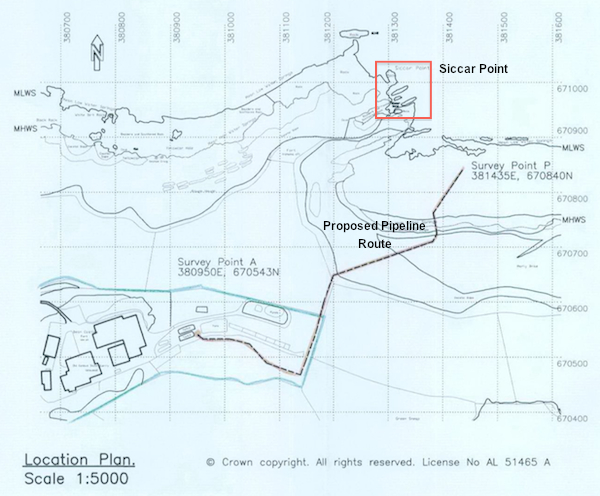![]()
![]() Lots of interesting stuff for you to peruse this week. Enjoy!
Lots of interesting stuff for you to peruse this week. Enjoy!
Earthquakes
- Poor hit hard by China earthquakes.
http://www.rawstory.com/rs/2012/09/09/poor-hit-hard-by-china-earthquakes/ - If we could develop a much cheaper version of this ‘Quake Bed Shelter’ it could save many lives.
http://news.discovery.com/earth/earthquake-proof-bed-protect-safety-120913.html
(via @Discovery_Earth) - A seismic monitoring network on the Marmara Sea near Istanbul is being deployed: drilling has just started.
http://www.geologytimes.com/research/Istanbul_–_The_earthquake_risk_of_a_megacity.asp
Volcanoes
- At Eruptions, Erik takes on the exaggeration of recent research from Fuji and Santorini by media doom-mongerers
http://www.wired.com/wiredscience/2012/09/doom-volcano-research-media/ - On a related note, another geotweep has been sucked into blogging: some nice background from David Pyle on the recently published Santorini study (on which he was a co-author)
http://volcanicdegassing.wordpress.com/2012/09/13/santorini/
Planets
- Ancient Mars not so hospitable after all? Hydrated clays may have formed from lava, not in water. Clays similar to those on Mars found on a terrestrial volcanic island.
http://www.cosmosmagazine.com/news/5970/early-mars-may-not-have-been-hospitable-life-after-all
Paper:
http://www.nature.com/ngeo/journal/vaop/ncurrent/abs/ngeo1572.html
(via @ProfAbelMendez) - Asteroids in mirror may be just as awesome as they appear. Giant asteroid Vesta in Dawn’s rear-view
http://www.jpl.nasa.gov/news/news.php?release=2012-284
(via @NASAJPL, @NASA_Dawn)
(Paleo)climate
- A fascinating detective story: how Libya was stripped of its 90 year-old world temperature record.
http://www.wunderground.com/blog/weatherhistorian/comment.html?entrynum=89 - Climate disaster unfolding at the top of the world: Arctic ice loss exceeds worst predictions. Summer ice gone by 2030
http://www.nature.com/news/ice-loss-shifts-arctic-cycles-1.11387
(via @NatureNews) - Shell Halts Arctic Drilling Right After It Began: because of sea ice. Give it a few years, then.
http://green.blogs.nytimes.com/2012/09/10/shell-halts-arctic-drilling-right-after-it-began/
(via @EuroGeosciences) - Good discussion of some of the geopolitical issues arising from an increasingly ice-free Arctic
http://arstechnica.com/science/2012/09/the-rush-to-exploit-an-increasingly-ice-free-arctic/ - A good resource/summary: Interactive Timeline Of 2012 Extreme Weather
http://thinkprogress.org/climate/2012/09/09/810221/interactive-timeline-of-2012-extreme-weather/
(via @climateprogress) - Important post by @msanclem: 50 Little Things That Won’t Save the Earth…contemplating doom, gloom, hope and climate
http://earlycareerecologists.wordpress.com/2012/09/11/fifty-little-things-that-wont-save-the-earth/
Water
- Climate Change: How Water-Ready is Your State or City? Interactive NRDC graphic.n
http://www.nrdc.org/water/readiness/ - The story (or at least part of it) behind the red Yangtze river photos.
http://www.huffingtonpost.com/rama-hoetzlein/yangtze-river-red_b_1877483.html - Flooding in Nigeria-hadn’t heard about this yet. Thanks NASA Earth Observatory for keeping an eye on it.
http://earthobservatory.nasa.gov/IOTD/view.php?id=79149&src=fb
(via @NASA_EO) - Anne will be there –> Upper Midwest Stream Restoration Symposium; La Crosse, WI; Feb 24-27, 2013 (oral abstract deadline 9/28)
http://www.prrsum.org/content/2013-umsrs - Cool. E-tracers for measuring subglacial flowpaths (link to abstract)
http://onlinelibrary.wiley.com/doi/10.1002/hyp.9451/abstract - Glad to see people looking at agricultural tile drainage as a groundwater problem. (link to abstract)
http://onlinelibrary.wiley.com/doi/10.1002/hyp.8337/abstract - Graduate fellowship opportunities for water science from @CUAHSI
http://www.cuahsi.org/pathfinder.html
(via @mabakerusu)
Geomorphology
- The role of mega dams in reducing sediment fluxes: A case study of large Asian rivers (link to abstract)
http://linkinghub.elsevier.com/retrieve/pii/S0022169412006397 - Influence of debris flow processes on 10Be-derived catchment-wide denudation rates — it’s complicated …(link to abstract)
http://geology.gsapubs.org/content/40/10/935.abstract
(via @clasticdetritus)
Environmental
- George Monbiot on the extraordinary wealth of life that once populated the North Sea. Increasingly vigorous pursuit of diminishing returns has hidden real decline in fisheries. In N Sea not 40% but >90%
http://www.guardian.co.uk/environment/georgemonbiot/2012/sep/07/riches-seas-depleted-forgotten
(via @GeorgeMonbiot) - In Ohio, the battle for local vs state control of fracking
http://www.dispatch.com/content/stories/local/2012/09/08/activists-push-local-control-of-fracking.html - Increasing demand for fracking water places increasing strain on already constrained water supply in W US.
http://www.nytimes.com/2012/09/06/us/struggle-for-water-in-colorado-with-rise-in-fracking.html
(via @SkyTruth) - “if we wanted to build a sustainable future, we wouldn’t start from here” WWF blogpost on geoengineering:
http://blogs.wwf.org.uk/blog/climate-energy/geo-engineering-not-our-first-choice-but-could-it-now-be-essential-for-tackling-climate-change/
(via @alicebell) - More than enough wind to power global energy demand: New research examines limits, climate consequences
http://www.sciencedaily.com/releases/2012/09/120909150446.htm
(via @tpenews)
General Geology
- Philip Allen vividly describes the stratigraphic concepts and issues grappled with at this year’s William Smith Meeting.
http://earth-literally.blogspot.com/2012/09/strata-time.html - Fascinating: A tour through Nottingham’s extensive system of man-made caves, complete with cool laser mapping. “In a sense, Nottingham is the Cappadocia of the British Isles”
http://bldgblog.blogspot.co.uk/2012/09/caves-of-nottingham_11.html
(via @drskyskull) - Nice post from Metageologist on the life of oceanic crust: born from the mantle at ridges and returned by subduction.
http://all-geo.org/metageologist/2012/09/oceanic-crust-that-sinking-feeling/ - Some fabulous photos collected by a pillar, arch and sea stack obsessive:
http://matadornetwork.com/trips/60-mind-bending-rock-formations-from-around-the-world-pics/
(via @jeffersonite) - Post by Jess Ball on water! Historical Hydropower at Niagara Falls: The Schoellkopf Power Station
http://blogs.agu.org/magmacumlaude/2012/09/09/hydropower-at-niagara-falls-the-schoellkopf-power-station/ - Cool underwater video of a turbidity current:
http://www.liveleak.com/view?i=c45_1342620679
Interesting Miscellaney
- Incredible video of a herd (apparently ‘cast’ is the correct collective noun) of hermit crabs migrating – the beach looks like it has come alive and decided to move!
http://vimeo.com/48466065 - Fascinating. Why the first laptop had such a hard time catching on. Surprisingly: sexism.
http://www.theatlantic.com/technology/archive/12/09/why-the-first-laptop-had-such-a-hard-time-catching-on-hint-sexism/262220/
(via @edyong209, @alexismadrigal) - And we wonder why girls don’t see Engineering as a place where they belong.
http://www.missrepresentation.org/notbuyingit/notbuyingit-solar-company-advertises-nice-rack-party/
(via @ocean_Dr, @SWEtalk) - Retro Lab Safety Sign by JHU –
http://releases.jhu.edu/wp-content/uploads/2012/08/JHU-lab-safety-final-review.jpg
(via @nathanraft) - More good advice to undergrads in the lab, this time from Scicurious
http://scientopia.org/blogs/scicurious/2012/09/11/undergrad-herding/
















comments